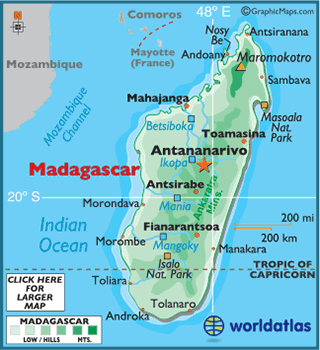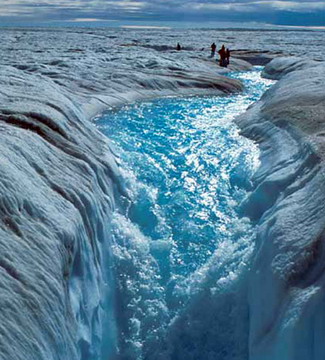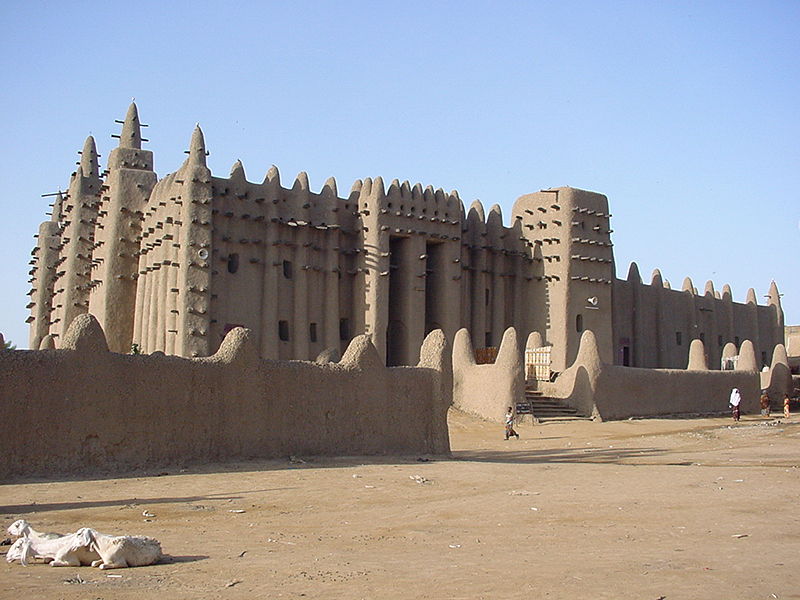Geografía de Madagascar.- La isla de
Madagascar, la cuarta isla más grande del mundo después de Groenlandia, Nueva
Guinea y Borneo, se encuentra situada en el Océano Índico, frente a las costas
de Mozambique.
El norte del país, con el macizo de Tsaratanani que alcanza los 2876 mts de
altitud, es la región más elevada. El oeste está dominado por una meseta que ve
descendiendo hacia el mar. amos la meseta descendiente. El este de la isla está
dominada por el macizo de Tsaratanana que llega a 2886 mts en el monte
Maromokotro. En el centro y sur las elevaciones principales son las del
Ankaratra y Andrigitia
Los ríos, en el este son cortos y torrenciales, mientras que en la parte
occidental son más largos aunque sin capacidad de navegación.
El clima tiene bastantes variaciones en función de la altitud y de su
relación con el mar. Así, la zona costera en el este tiene un clima con
abundantes precipitaciones, mientras que la costa del oeste tiene una larga
estación seca. En el sur y suroeste se da un clima semiárido y con escasas
precipitaciones, en tanto que en el noroeste las lluvias pueden legar a los 3000
mm anuales. En muchas zonas del interior predomina un clima tropical suavizado
por la altitud.

La fiesta más importante en todo el territorio
malgache es el 26 de junio cuando se celebra la fiesta de la independencia de
Madagascar. Las costumbres de los malgaches, en especial los del centro de la
isla, tienen algo en común con las del sur asiático.
|
Fiestas y feriados
|
|||
|
Fecha
|
Nombre en español
|
Nombre local
|
Notas
|
|
Año Nuevo
|
Taom-baovao
|
El primer día del año es feriado en Madagascar.
|
|
|
Lunes de Pascua
|
Alatsinain'ny Paska
|
La Pascua es el primer domingo después de la primera luna llena de
primavera.
|
|
|
Conmemoración de los mártires de la sublevación de 1947.
|
Martioran'ny tolona tamin'ny 1947
|
Conmemoración de los mártires de la sublevación que sucedió el 27 de marzo de 1947.
|
|
|
Fetin'ny asa
|
Tradicionalmente el día de muchos acontecimientos políticos y
sindicales en Madagascar.
|
||
|
Día de África
|
Andron'i Afrika
|
Conmemoración de la creación de la antigua Organización
para la Unidad Africana (OUA) 25 de mayo de 1963,
que fue reemplazada por la Unión Africana (UA) en 9 de julio de 2002.
|
|
|
El jueves después de 40 días de Pascua
|
Andro niakarana
|
Ascensión de Jesucristo a
los cielos.
|
|
|
Lunes siguiente al séptimo domingo después de Pascua
|
Lunes de Pentecostés
|
Alatsinain'ny Pentekosta
|
Descenso del Espíritu Santo
entre los apóstoles.
|
|
Día de la independencia
|
Fetim-pirenena
|
Conmemoración de la independencia de la isla de la colonización
francesa, el 26 de junio de 1960.
|
|
|
Asompsiona
|
Asunción de la Virgen María.
|
||
|
Día de todos los santos
|
Fetin'ny olo-masina
|
||
|
Krismasy
|
Nacimiento de Jesucristo.
|
||












